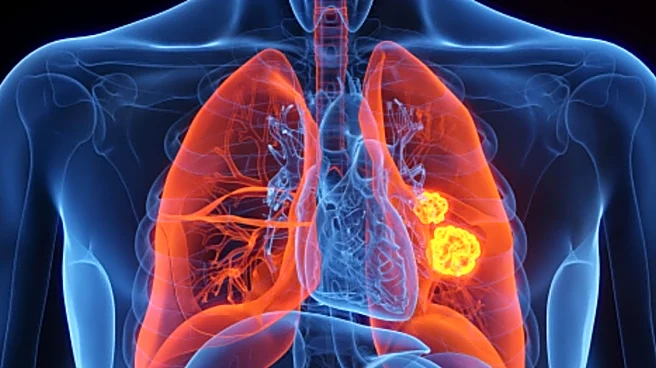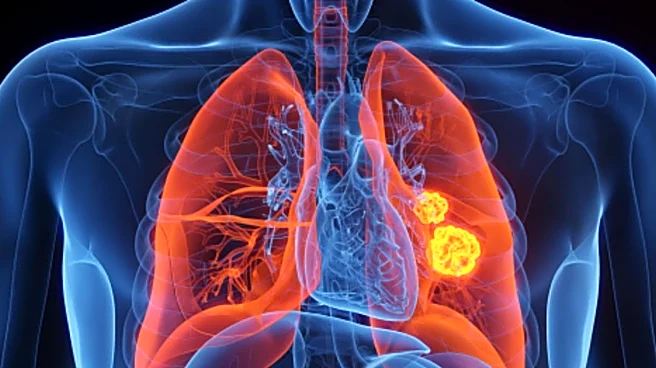Researchers have uncovered a powerful and exploitable vulnerability in lung cancer, identifying a novel mechanism that, when shut down, forces stubborn tumour cells into a self-destruct mode. The groundbreaking work centres on a specific protein, Ferroptosis Suppressor Protein 1 (FSP1), which cancer cells rely on to shield themselves from cellular stress. This finding points towards a promising new strategy for treating non-small cell lung cancer (NSCLC), one of the most common and difficult-to-treat malignancies globally.
The study, published in the journal Nature, demonstrated that FSP1 acts as a critical defence mechanism against ferroptosis—a newly recognised form of regulated cell death characterised by iron-dependent lipid peroxidation.
Cancer cells, especially those in fast-growing tumours, exist in a state of high metabolic stress, making them inherently susceptible to ferroptosis. They overexpress FSP1 precisely to neutralise this threat and ensure their survival.
When researchers administered a specific molecular inhibitor designed to block the function of FSP1, the protective shield around the cancer cells was immediately dropped. The result was dramatic: in laboratory tests and subsequent studies involving mouse models, the lung tumours shrank significantly. Many of the cancer cells, suddenly overwhelmed by toxic levels of stress-induced oxidative damage, essentially triggered their own self-destruct mode, leading to widespread tumour regression.
The significance of this research lies in its potential application against cancers that have become resistant to traditional treatments. By targeting FSP1, researchers are not relying on conventional chemotherapy or targeted therapies, but instead are exploiting the tumour cell’s unique dependency on a survival pathway. The team suggests that FSP1 inhibitors could be particularly effective when combined with existing treatments, such as certain forms of immunotherapy or chemotherapy, creating a synergistic effect that drives the cancer cells closer to the brink of ferroptosis. This fresh strategy offers a critical avenue for developing new drugs against a disease where treatment resistance remains a major clinical challenge.


/images/ppid_a911dc6a-image-176342922774665134.webp)
/images/ppid_59c68470-image-176343017356492867.webp)
/images/ppid_59c68470-image-176343008667933389.webp)


/images/ppid_a911dc6a-image-176363322742379029.webp)



/images/ppid_59c68470-image-176342752534917052.webp)

/images/ppid_59c68470-image-17634275336319745.webp)


/images/ppid_a911dc6a-image-176342953025181019.webp)